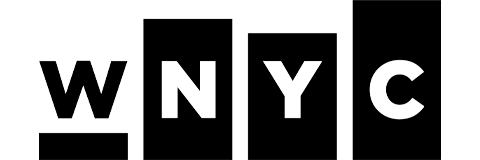Your DAM, Our Expertise
Platform-neutral consulting services to help you get the most from your digital asset management system.
For more than 15 years, we’ve provided DAM consulting services to Fortune 1000, cultural heritage, and non-profit organizations.












Our team considered several potential vendors for our DAM research initiative. While the proposals were relatively equal in scope and budget, it was clear that AVP was the obvious choice for a partner.
AVP has not disappointed – they have been a true collaborative partner and an absolute pleasure to work with.
I truly can’t recommend AVP highly enough.
WHAT WE DO We help organizations avoid the pitfalls of siloed, mis-managed, and under-utilized digital assets
I was absolutely blown away.
Thank you for your deep listening, smart and astoundingly swift analysis. I feel like this process will empower us to move forward in the right direction.
Why AVP People-first solutions and information ecosystems to bring about beneficial change.
01
Expertise & Experience
We have helped hundreds of organizations plan, select, launch, and grow their data and digital asset management solutions.
02
Efficient & Cost-Effective
We help you avoid common and costly pitfalls in system selection, implementation & launch.
03
Impact & Value
We provide solutions that are uniquely tailored to your needs, helping you to achieve ROI from your digital assets and systems.
Their expertise, patience, knowledge and thoughtful approach have inspired us! They also are very responsive whenever we have a questions or need assistance.
Insights Best practices, how-tos, and insights on information innovation.
Guide
How to Create a Digital Asset Management Strategy that Works
By: Kara Van Malssen
January 29, 2024
January 29, 2024
Guide
Get your DAM budget: How to get your boss on board with your Digital Asset Management strategy
By: Kara Van Malssen
December 28, 2023
December 28, 2023
Article
Getting Started with AI for Digital Asset Management & Digital Collections
By: Liz Fischer & Shawn Averkamp
October 13, 2023
October 13, 2023
The opportunity to both collaboratively design and be guided through new methods, along with the attention to detail and desire to develop solutions at the intersections of ethics, engagement, and utility, were true highlights of working with AVP.
The project management kept us on track toward goals. Furthermore, I was grateful for the humor and inclusivity of the AVP team – welcoming and inviting our rather large core team, as well as other colleagues, and users in testing, throughout the project.